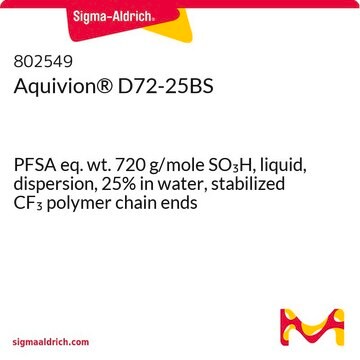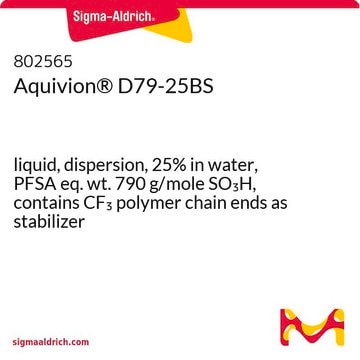At this time, there is no direct substitute for Nafion 117. However, a brief search of the literature reveals that there may be acceptable alternatives. Please see the links below to review these publications:
https://pubs.acs.org/doi/10.1021/acsaem.3c00522#:~:text=Polybenzimidazole%20Membranes%20as%20Nafion%20Replacement%20in%20Aqueous%20HCl%20Electrolyzers,-Kris%20Likit%2Danurak
https://www.ncbi.nlm.nih.gov/pmc/articles/PMC7377320/
Should Aquivion E98-15S be of interest, please see the link below:
https://www.sigmaaldrich.com/product/aldrich/802751











